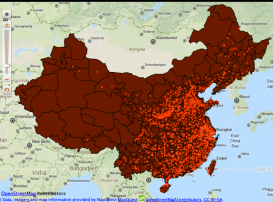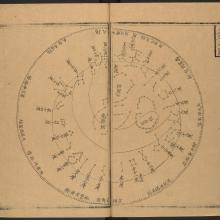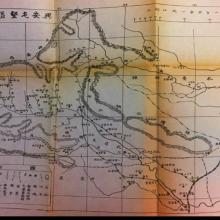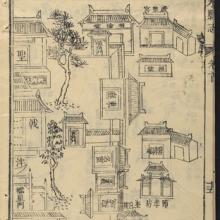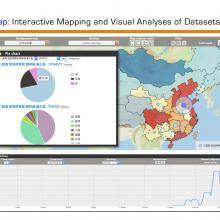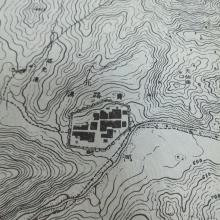Local gazetteers (difangzhi 地方志) have been major primary sources for the study of China’s local history. About 8,000 titles of local gazetteers dating from the tenth to the nineteenth century are still extant, covering almost all well-populated regions of historical China. The authors of local gazetteers were officials and local gentry who delineated the landscape, flora and fauna, local products, temples and schools, officials and celebrities, local culture and customs, and much more. This project unlocks this treasure chest of local riches by transforming textual formats into a scholarly, enhanced database for new forms of digital historical analysis. A set of digital tools has been developed to help historians to quickly extract data from the digitized text, to store and share the produced data with peers as a new form of academic collaboration, and to apply analysis tools (including GIS maps) on the produced data in order to observe patterns on larger scales. We have started extracting and visualizing information on regional products from 2,000 digital local gazetteers to unravel their role in the historical construction of China’s “local materialities.” In the second phase, the project will facilitate comparison of literary with artefactual and environmental evidence. We are especially interested in exploring how the change of scales—by turning local records from individual gazetteers into a single global database—can reshape the study of historical China.

